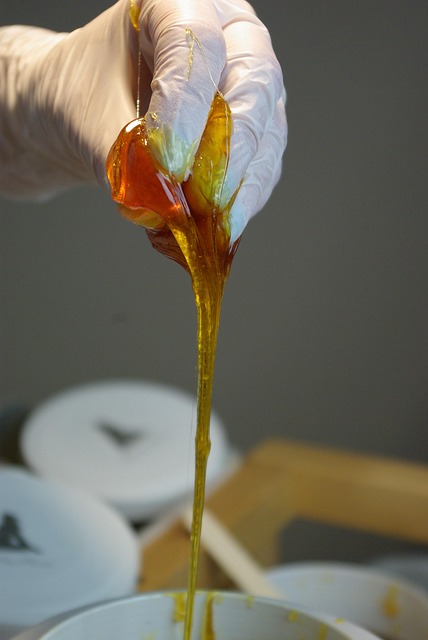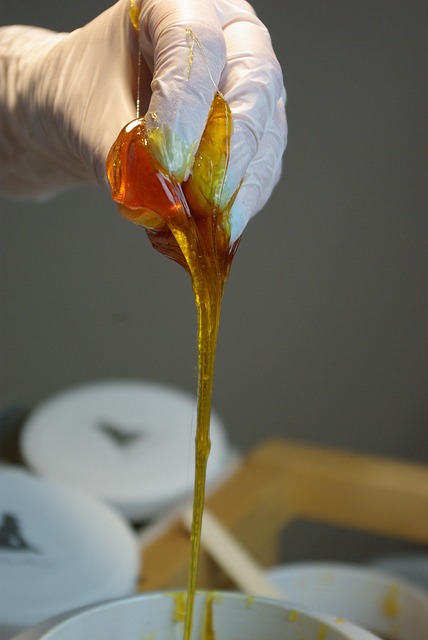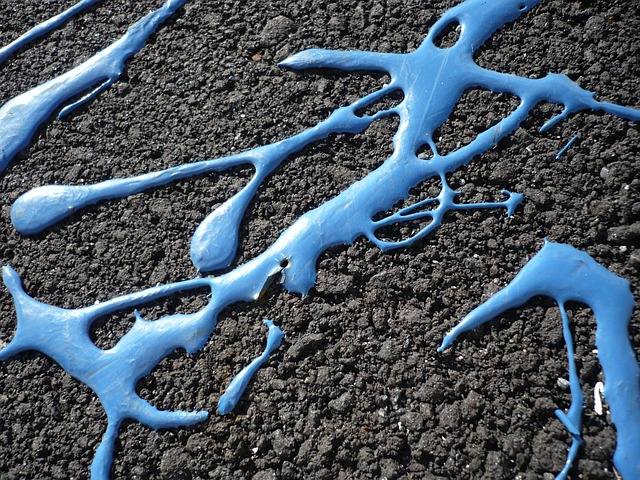This text offers a comprehensive guide to pet stain removal, focusing on different surfaces and methods. Key points include:
– Understanding Stain Types: Urine, fecal matter, paw prints, and vomit each require unique cleaning techniques due to their composition and potential lasting effects.
– Preparation: Begin by vacuuming/brushing to remove loose dirt. Identify stain type for targeted pre-treatment with enzymatic cleaners or household solutions like baking soda or vinegar.
– Product Selection: Choose enzymatic cleaners for odour breakdown, adjusting solutions based on floor types (hard vs. carpet). Always read labels and follow instructions.
– Surface-Specific Cleaning: Hardwood floors require blotting, a pet-safe cleaner, and thorough drying; carpets demand immediate action with scooping, blotting, a carpet solution, agitation, and vacuuming.
– Fabric/Upholstery: Blot excess liquid, identify stain, use targeted solutions (e.g., vinegar for urine, mild soap for fecal), test on small areas, and consider enzymatic products.
– Natural Solutions: Baking soda and vinegar combat pet urine odors; lemon juice neutralizes smells and breaks down stains.
– Prevention: Regular vacuuming, lint rolling, pet-safe mats, and prompt spill cleaning reduce the need for extensive stain removal.
Looking to reclaim your home from those persistent pet stains? This comprehensive guide is your solution. We break down everything you need to know about stain removal, from understanding the types and causes of pet messes to effective cleaning techniques tailored for various surfaces. Learn natural remedies, discover preventative measures, and choose the right products to keep your space spotless. Say goodbye to unwanted pet stains—for good!
Understanding Pet Stains: Types and Causes

Pet stains can be a common challenge for homeowners, but understanding their types and causes is the first step toward effective stain removal. These stains often come from various sources, such as urine, feces, vomit, and paw prints. Each type has its unique characteristics and requires specific cleaning techniques.
Urine and fecal stains, for instance, can be particularly tough due to their high protein content, leading to difficult-to-remove odours and discolouration. Paw print marks, on the other hand, often leave temporary markings that can be easily washed away with the right cleaning agents. Vomit stains demand prompt attention to prevent lasting odours and discoloration, while paw prints may simply need a good scrubbing and a suitable cleaner to remove any residue.
Pre-Treatment: Preparing the Surface for Cleaning

Before tackling any stain removal task, proper preparation is key. The pre-treatment phase involves getting the surface ready for cleaning, ensuring optimal results. Start by vacuuming or gently brushing away any loose dirt or debris to create a clean canvas. This step prevents scratches on delicate surfaces and ensures that cleaning solutions can reach deeply embedded stains effectively.
Additionally, identifying the type of stain is crucial. Different substances require distinct treatment methods. For instance, pet accidents often demand a rapid response to prevent permanent odour and spot retention. Pre-treating with a suitable enzymatic cleaner or using household ingredients like baking soda or vinegar can help break down the stain before applying more powerful stain removal products.
Choosing the Right Stain Removal Products

When it comes to tackling pet stains, selecting the appropriate removal products is half the battle won. The market offers a plethora of options, each claiming to be the ultimate solution. However, not all stain removers are created equal. It’s essential to choose products specifically designed for pet messes, as these will be effective and safe for both your floors and pets. Look out for enzymatic cleaners which break down odour-causing bacteria and stains naturally, leaving behind a fresh scent.
Consider the type of surface you’re treating; different materials require distinct approaches. For instance, enzymes work wonders on carpets and upholstery, while acidic or alkaline solutions might be more suitable for hard floors. Always read product labels carefully and follow instructions to ensure optimal results without causing damage or leaving residues.
Effective Cleaning Techniques for Different Surfaces

When it comes to pet stain removal, different surfaces require unique cleaning techniques for optimal results. For instance, removing a stain from hardwood floors involves using specialized cleaners designed to dissolve contaminants without damaging the finish. Start by blotting the excess liquid with a clean cloth or paper towel; avoid rubbing, as this can spread the stain further. Next, apply a small amount of pet-safe cleaner directly onto the stain and gently work it in using a soft-bristled brush or sponge. Rinse thoroughly with water and dry completely to prevent water stains.
In contrast, carpeted areas necessitate a different approach. Begin by scooping up any solid matter causing the stain. For liquid spills, blot promptly to absorb as much as possible. Then, apply a carpet cleaning solution suitable for pet messes, allowing it to sit for several minutes before gently agitating with a brush or your hands. Vacuum thoroughly afterward to lift any remaining debris and prevent re-soiling. Remember, regular maintenance and immediate attention to pet stains can significantly reduce the risk of permanent damage and odour issues.
Dealing with Common Pet Stains on Fabric and Upholstery

Dealing with common pet stains on fabric and upholstery requires a swift and effective approach. The first step is to act promptly; the faster you treat the stain, the better your chances of removing it completely. Start by blotting the excess liquid with a clean cloth or paper towel to prevent further penetration into the fibers. Avoid rubbing, as this can spread the stain. Next, identify the type of stain for targeted treatment. Urine stains often respond well to a mixture of equal parts white vinegar and water, while fecal matter requires a solution of mild dish soap and warm water.
For more stubborn pet stains, consider using specialized stain removal products designed for fabric and upholstery. These products contain enzymes that break down organic material, making them particularly effective on pet-related messes. Always test any cleaning solution on a small, discreet area first to ensure it doesn’t discolor or damage the fabric. Regular maintenance, such as vacuuming frequently and keeping pets clean, can significantly reduce the occurrence of these stains in the future.
Natural Home Remedies for Pet Stain Removal

Many pet owners prefer natural, homemade solutions for stain removal due to their effectiveness and minimal environmental impact. One popular option is using baking soda and vinegar. This powerful duo can cut through pet urine odors and break down stains naturally. Simply sprinkle baking soda over the affected area, let it sit for a few minutes, then apply white vinegar and scrub gently with a soft cloth.
Another natural remedy involves lemon juice. Its acidic properties help to neutralize odors and break down stain-causing compounds. Cut a lemon in half, rub it directly onto the stain, and let it sit for an hour before rinsing thoroughly. For tougher stains, mix equal parts lemon juice and water, apply with a clean cloth, and let it soak for 15-20 minutes before blotting dry.
Preventative Measures: Maintaining a Stain-Free Environment

Maintaining a stain-free environment is half the battle won in the war against pet stains. Regular cleaning and good habits can significantly reduce the occurrence of such messes. Start by keeping your home free from loose debris like fur, dander, and shed hair by regularly vacuuming or using a lint roller. Encourage pets to stay off certain surfaces or areas that are harder to clean, such as carpets or upholstered furniture.
Additionally, consider using pet-safe mats in high-traffic zones where your pets tend to gather, like near food bowls or their resting spots. Regularly cleaning these mats and treating them with appropriate stain removal products can help maintain a cleaner environment. Using pet waste disposal bags during walks and promptly cleaning up spills or accidents as they happen will also contribute to minimizing the need for extensive stain removal later.
